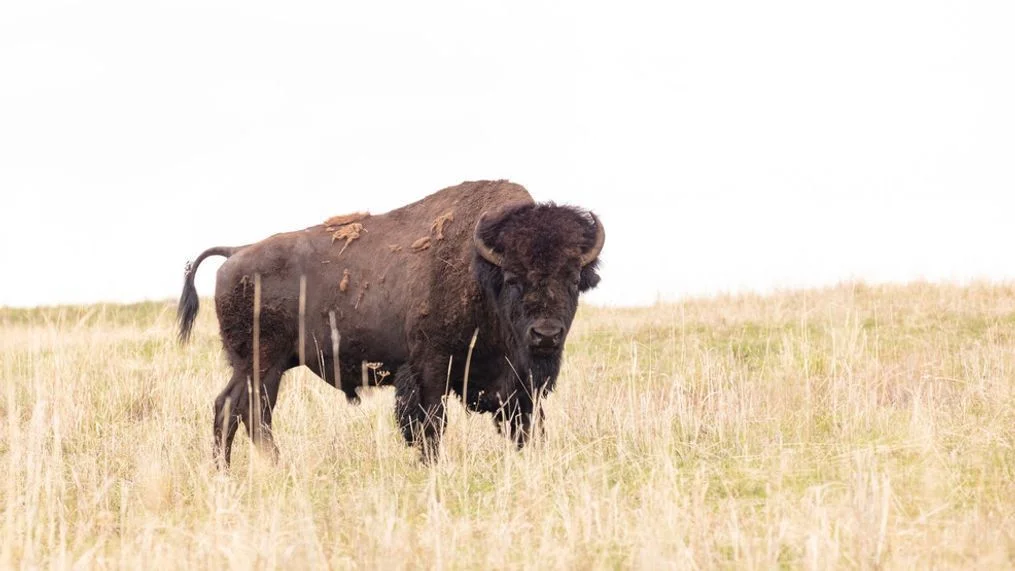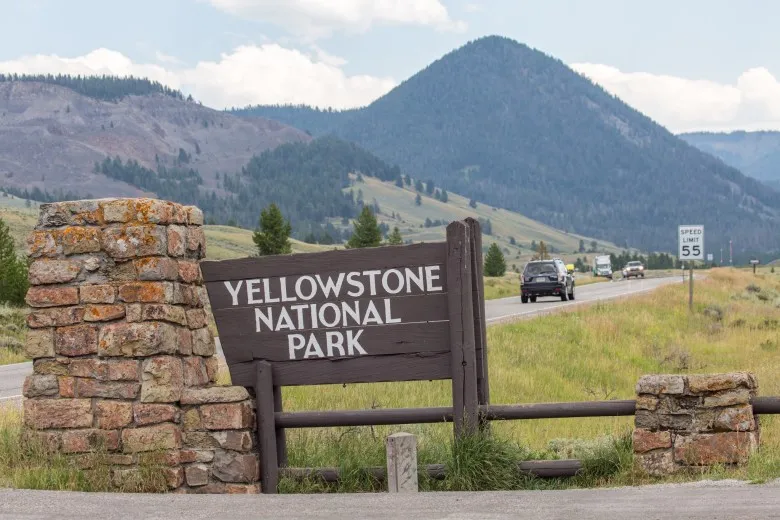
What Lurks in Yellowstone’s Wild: A Tourist’s Costly Encounter
In the vast wilderness of Yellowstone National Park, what seems like a harmless photo opportunity can turn dangerous in an instant. A recent incident involving a Florida tourist highlights the unpredictable nature of wild animals and the importance of respecting their space, serving as a stark reminder for adventure seekers worldwide.
On a sunny afternoon in early May, a 47-year-old man from Cape Coral, Florida, found himself in a perilous situation while visiting the Lake Village area of Yellowstone. According to park officials, the tourist approached a bison too closely, resulting in a goring incident that left him with minor injuries. Treated promptly by emergency medical personnel, the man was fortunate to escape without serious harm. This event marks the first reported bison-related injury in Yellowstone for 2025, following two incidents in 2024 and one in 2023.

Yellowstone's bison are known for their territorial behavior, and park authorities emphasize that these animals defend their space when they feel threatened. A statement from the National Park Service warns, "Bison are unpredictable and can run three times faster than humans." This incident echoes previous cases, such as the 2024 event where an 83-year-old woman from South Carolina was seriously injured after a bison lifted her with its horns. In another 2024 case, a man who kicked a bison was subsequently injured and faced legal consequences. These comparisons underscore a growing pattern: visitors who ignore safety guidelines often pay a high price, not just in physical harm but also in potential legal repercussions.
The park's guidelines are clear—maintain at least 25 yards (23 meters) from large animals like bison, elk, and moose, and 100 yards from bears and wolves. Yet, as this Florida man's experience shows, curiosity or a desire for the perfect selfie can override caution. Experts point out that such incidents not only endanger humans but also stress the animals, potentially disrupting their natural behaviors and ecosystems. In an era where social media amplifies risky behaviors for likes and shares, this event serves as a critical wake-up call for responsible tourism in national parks.
In conclusion, this Yellowstone encounter reminds us that the beauty of nature comes with inherent risks. It's essential for visitors to prioritize safety to protect both themselves and the wildlife. What do you think—should stricter enforcement or education campaigns be implemented? Share your thoughts in the comments below and help spread awareness by sharing this story with fellow travelers.